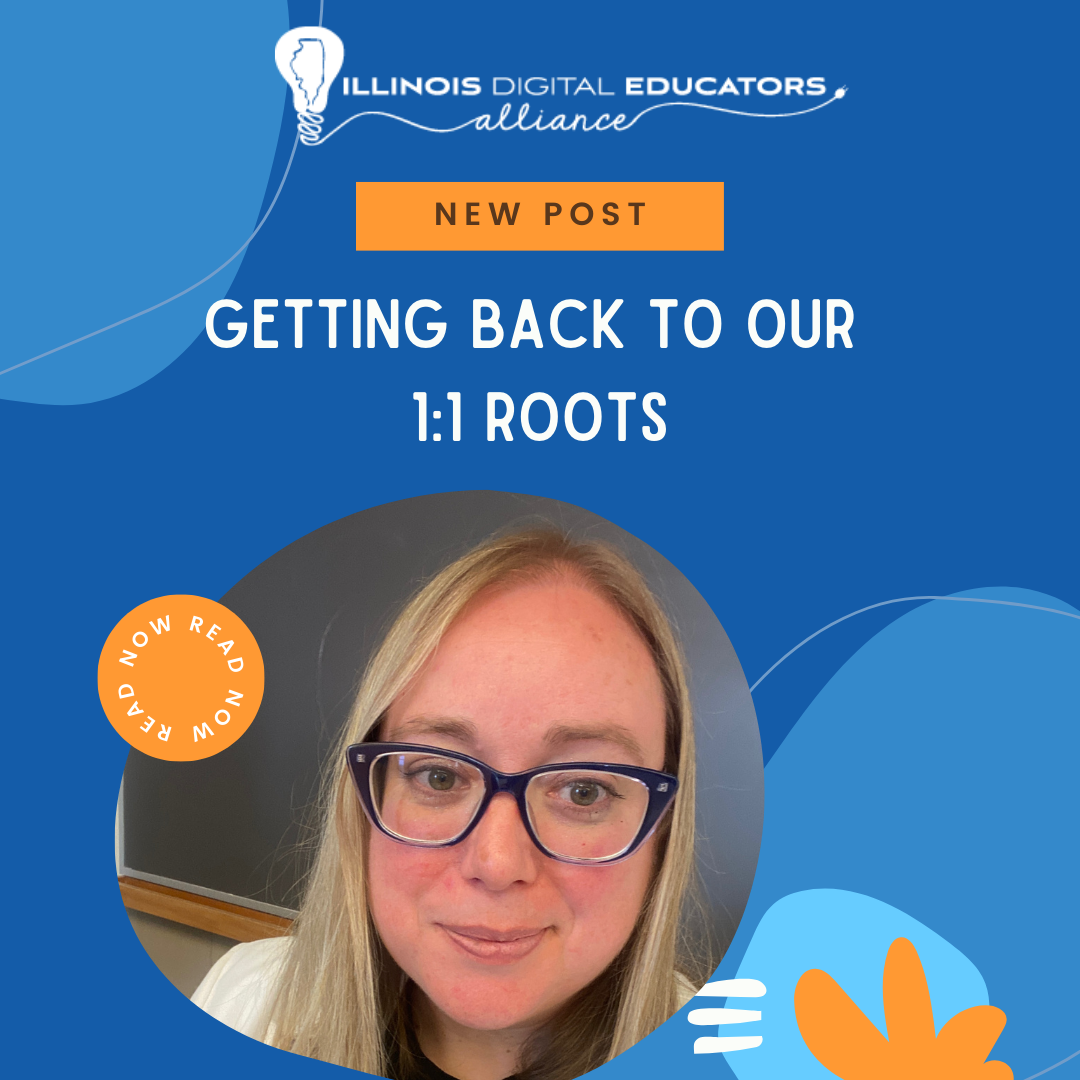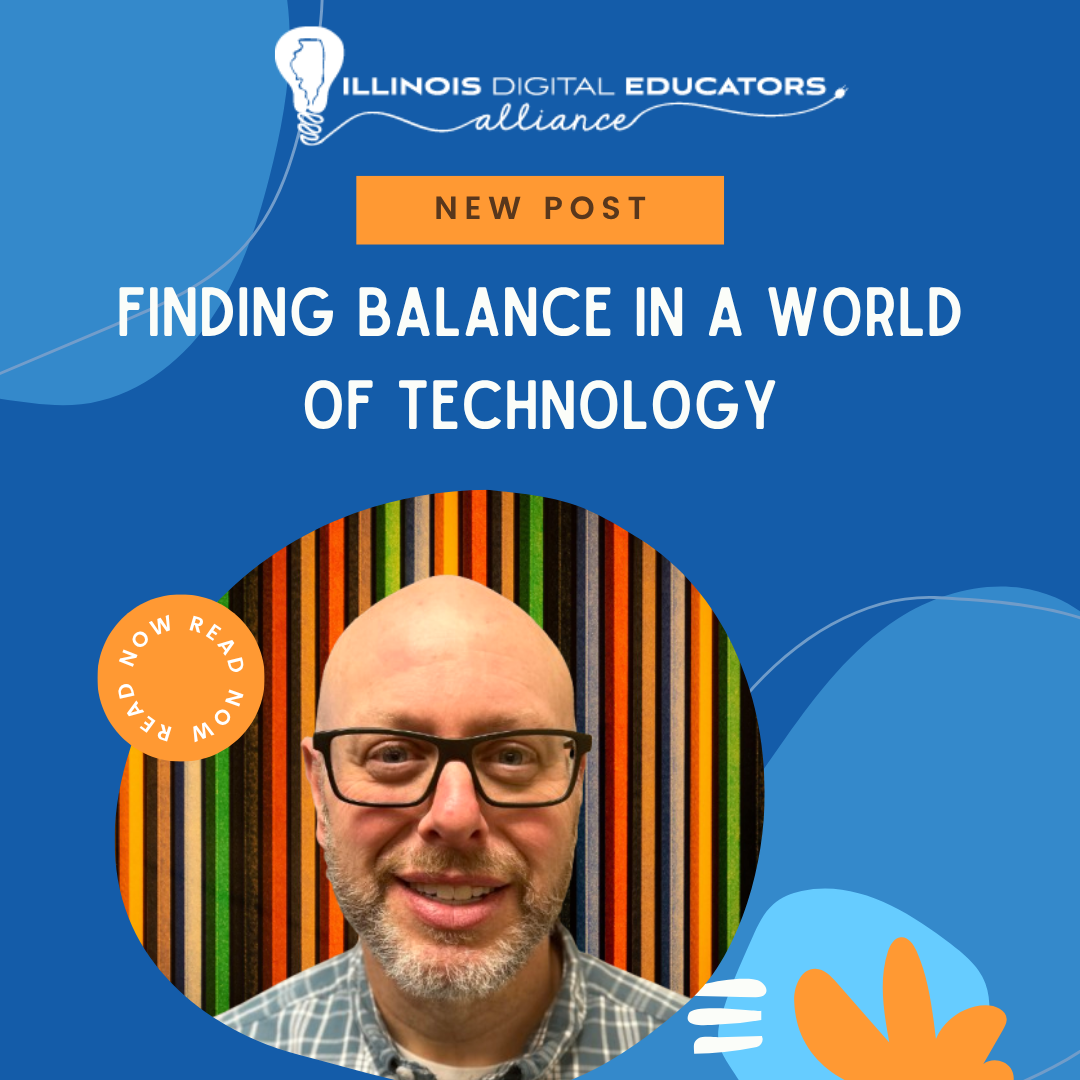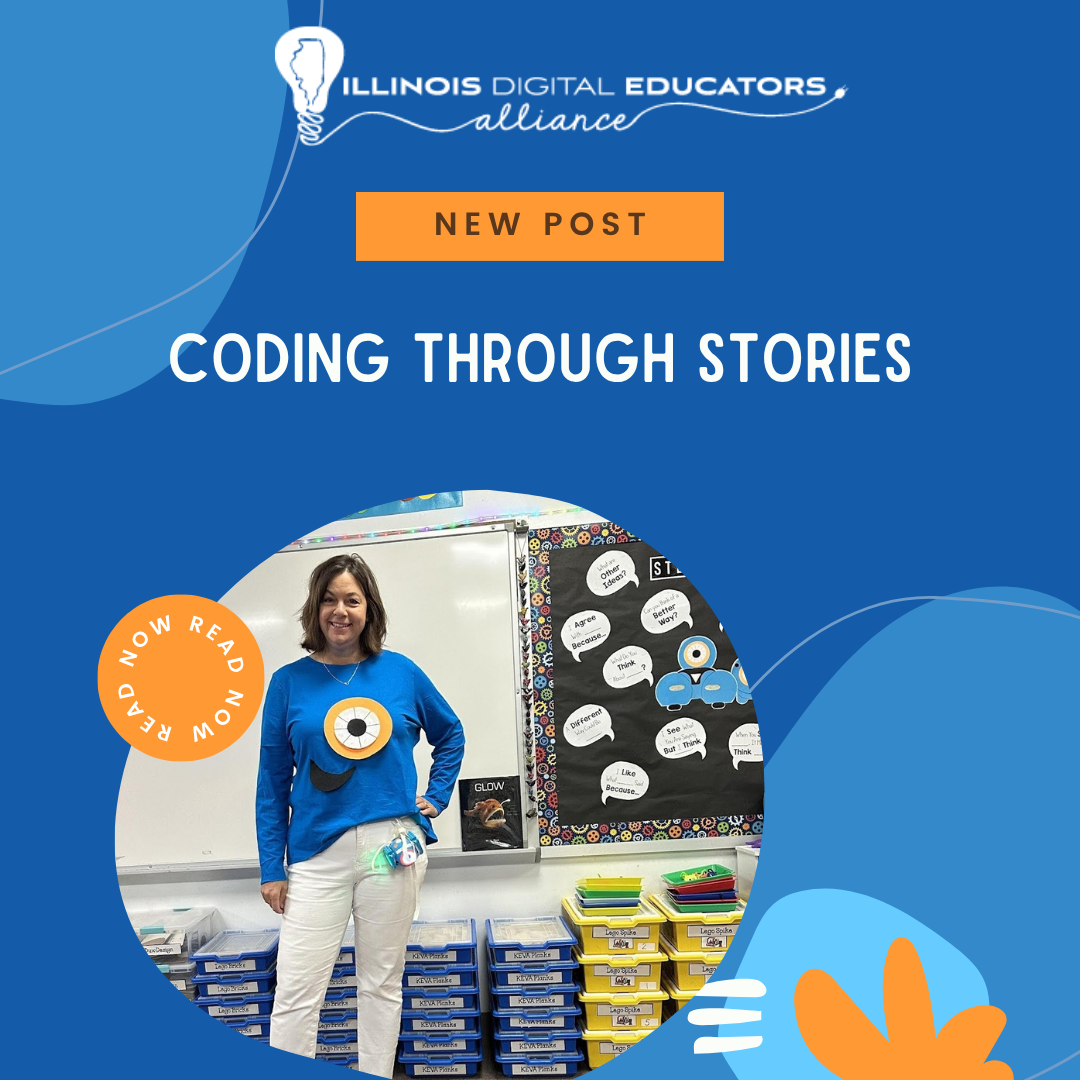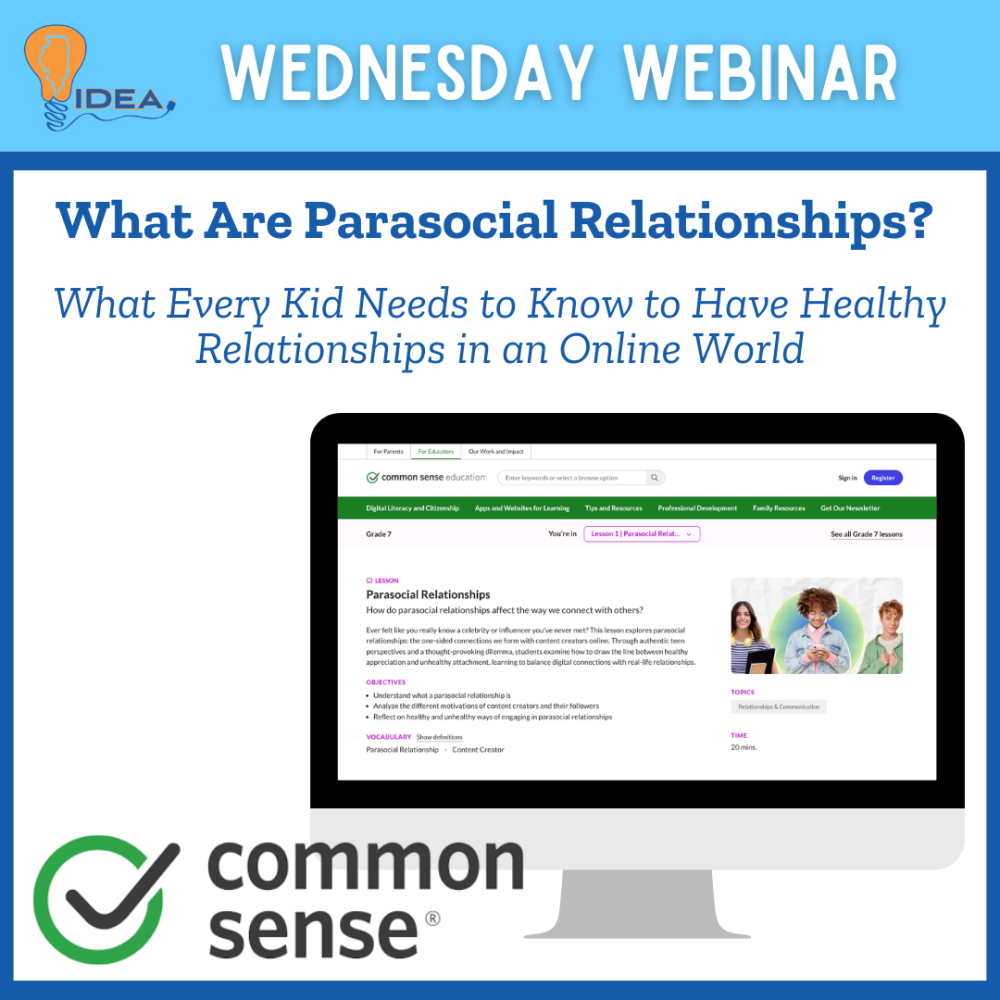CONTACT IDEA
HAVE QUESTIONS ABOUT IDEA?
Use this contact information or click here to reach out to a specific member of our team.
MAILING ADDRESS
Illinois Digital Educators Alliance
2735 Hassert Blvd. Ste. 135 PMB 304
Naperville, IL 60564
PHONE NUMBER
(630) 628-1088
REMITTANCE ADDRESS
Illinois Digital Educators Alliance
PO Box 2599
Palatine, IL 60078-2599










